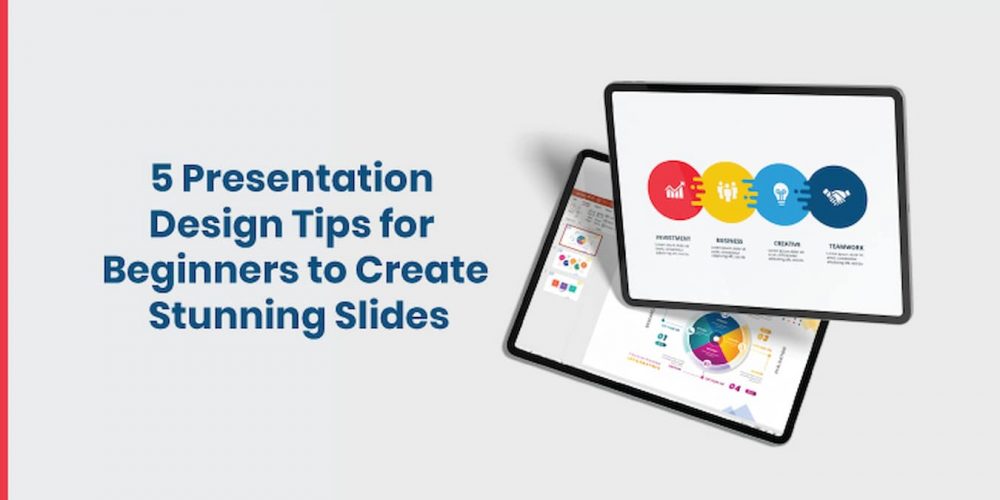My first presentation was an absolute mess – it was unorganized, cluttered, had a spectrum of colors and a dozen fonts, and did not work well with the audience. Immediately, I returned home, hopped onto my laptop, and started looking for presentation design tips. Over the years, I have delivered innumerable presentations, and with each one, my design skill set gets better and stronger.
If you are also a beginner and have been assigned the task of preparing a presentation, you might feel nervous. However, by following expert tips and doing adequate practice, you can calm your nerves and ace your presentation.
Here are seven tips that will help you design your next presentation efficiently and flawlessly!
1. Stick to Your Brand Theme
Branding is perhaps the most crucial part of designing presentations. For instance, if we talk about companies with red logos, the first name that would strike you would be YouTube and its popular branding logo.
Thus, a brand palette can enable your audience to remember you for much longer. Your brand palette consists of your company’s branding colors, its specific fonts for headings, sub-headings and paragraphs used in advertisements, logos, etc.
2. Plan Your Content
Before beginning with the design process, it is necessary to answer certain questions. It will help create outstanding content that would cater to the needs of your audience. Here are a few of them-
- What does my audience expect from this presentation?
- How can I keep my viewers engaged throughout the presentation?
- Do I need to start from the basics, or is my audience well knowledgeable?
3. Highlight Important Takeaways
While crafting a slide design, ensure that the particular slide revolves around one key takeaway and highlights a single note. Including too many ideas and concepts in a particular slide can often get overwhelming, uneasy, and boring. It can give your presentation an unorganized and poor design. To avoid this, you can highlight important points in the slide and mention the key message in the title or sub-title.
4. Focus on Wrapping, Aligning, and Positioning
Aligning and positioning your texts, images, videos, and graphs is one of the most important aspects of design.
Imagine sitting through a presentation with inconsistent indent, some of the text spread on the right and others on the left, images being positioned away from the centre, and graphs being scattered. It would instantly make the presentation look dull and reckless and would reflect a sense of carelessness.
Hence, it is crucial to ensure the following-
- Align your text in a consistent pattern throughout the presentation.
- Position pictures and videos in the centre or the middle.
- Use text wrapping while inserting diagrams.
- Maintain regular indent in all slides.
5. Incorporate Visuals
A presentation must have a balance of text and visuals. However, including the right visuals can significantly impact your design and determine the outcome of your presentation.
Let us understand this with the help of an example- a campaign called ‘Walk with Amaal’ was started to raise awareness about the refugee crisis and change the narrative around it. The visual chosen for this campaign was an illustration of a ten-year-old girl who is a Syrian refugee. This visual attracted millions of people in more than twelve countries and made this campaign a huge success.
Creating such impactful visuals can be made easier with the help of a drawing website like Canva which offers a wide range of tools and templates to turn your ideas into compelling illustrations. Hence, opting for the correct illustrations and visuals can help communicate ideas more efficiently.
Conclusion
Crafting a presentation can seem burdensome in the beginning. To avoid the hassle of creating slides from scratch, you can use pre-designed PowerPoint or Google Slides templates, customize them according to your slides, and save much of your time and energy! Thus, with consistent practice, experience, and knowledge, you can create outstanding presentations in the blink of an eye.
We would also recommend you experiment more while designing your slides and figure out which trick works the best for you. Do not hesitate to go outside the box and incorporate multiple recommendations simultaneously!

